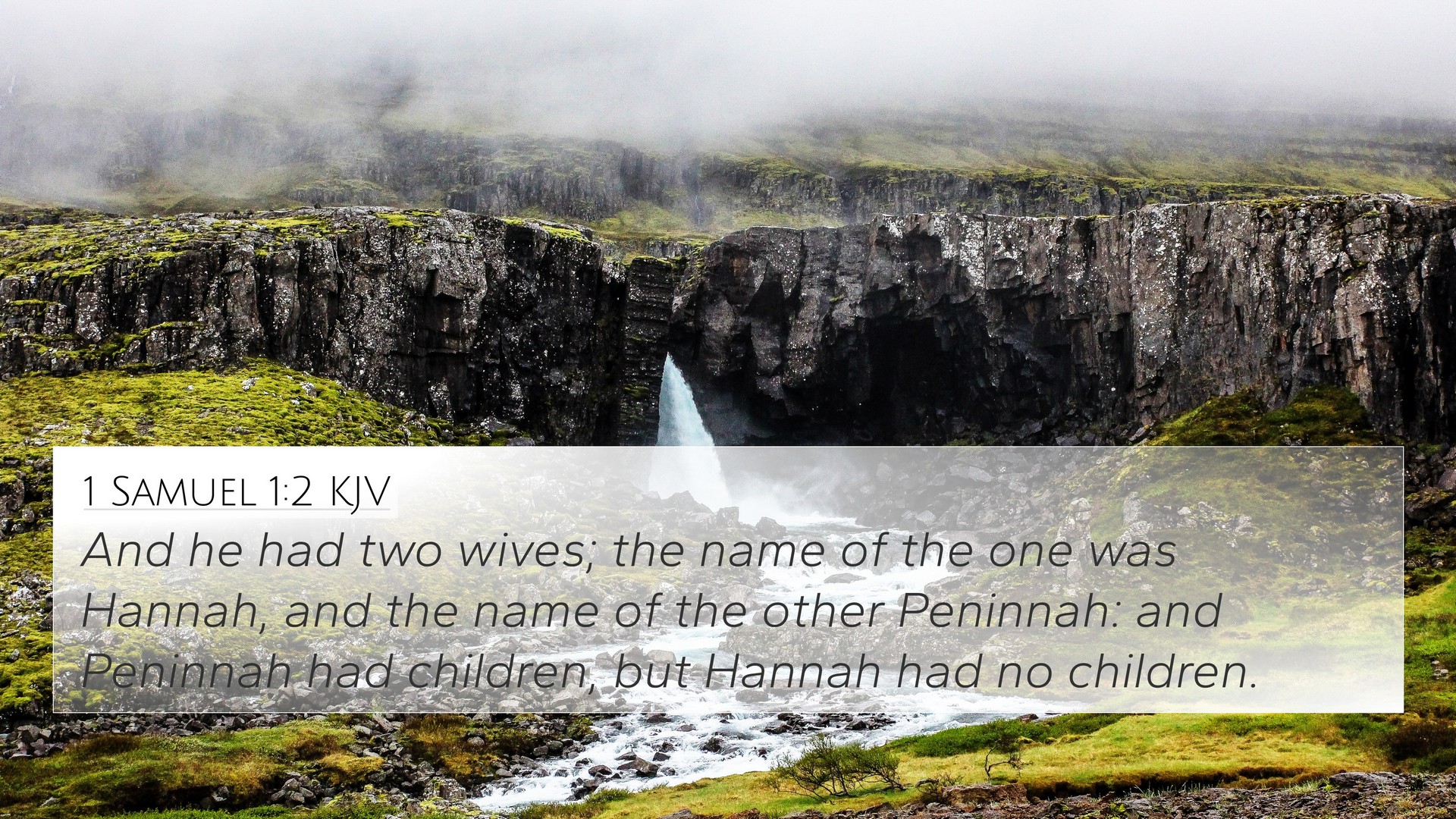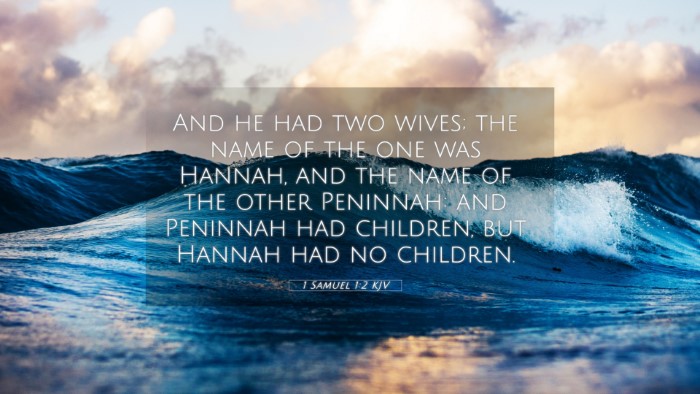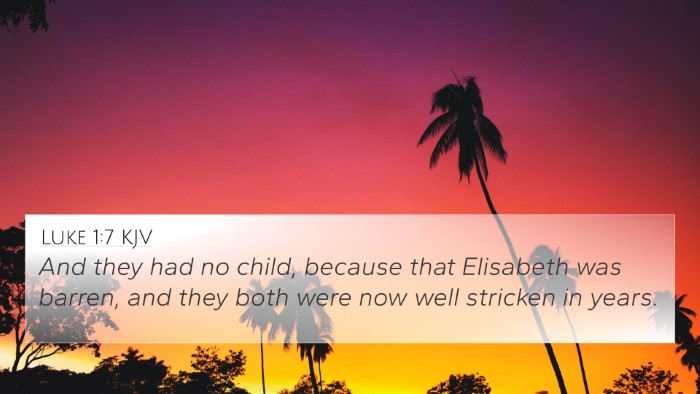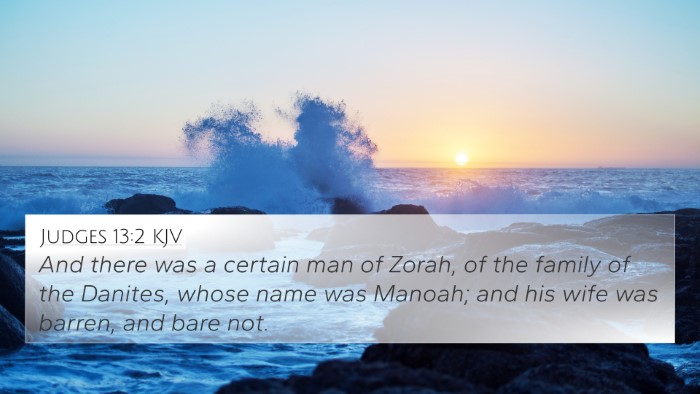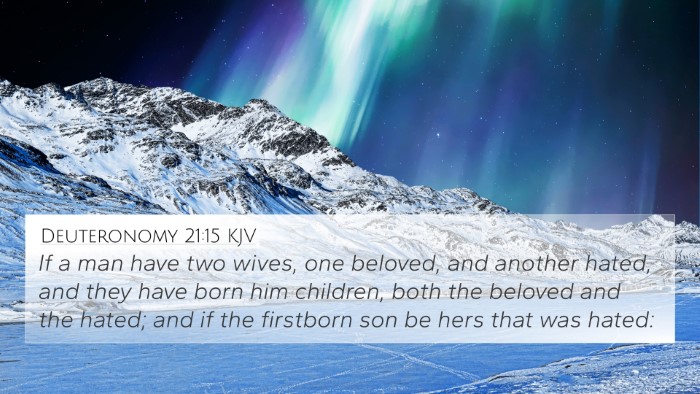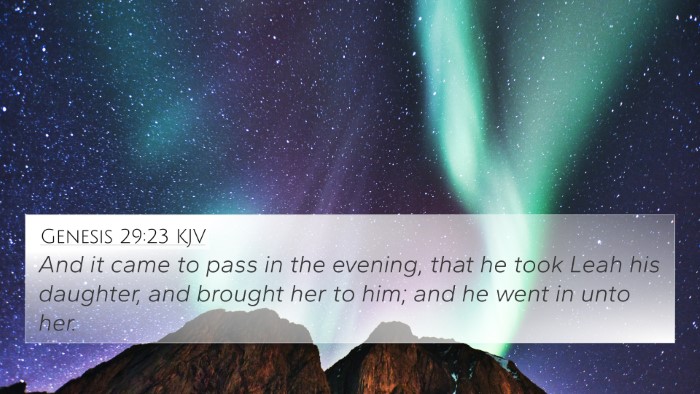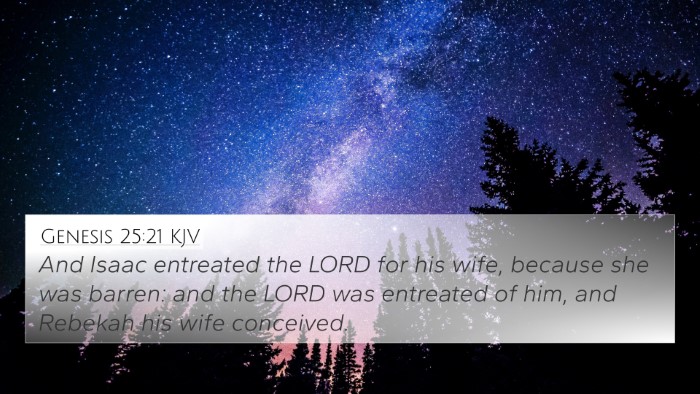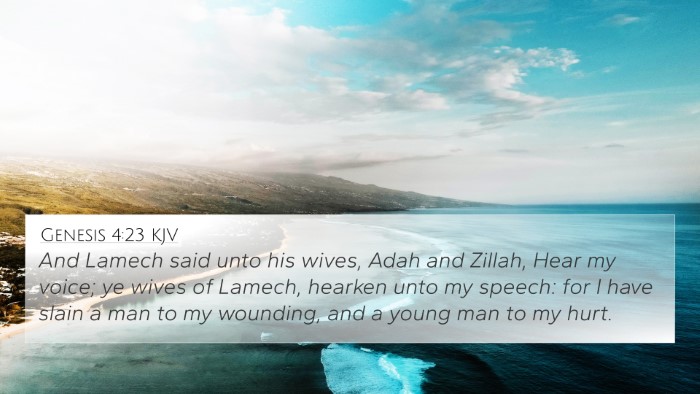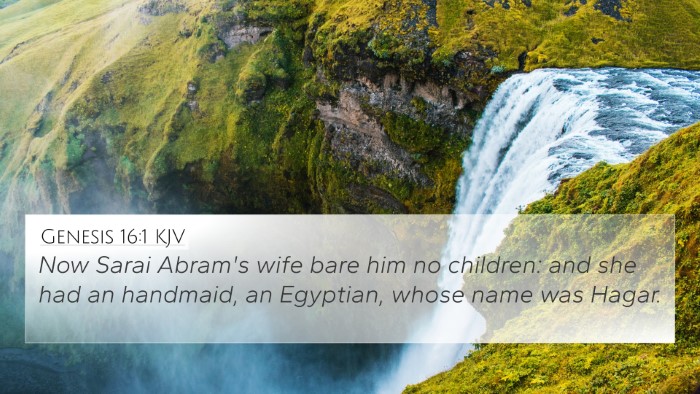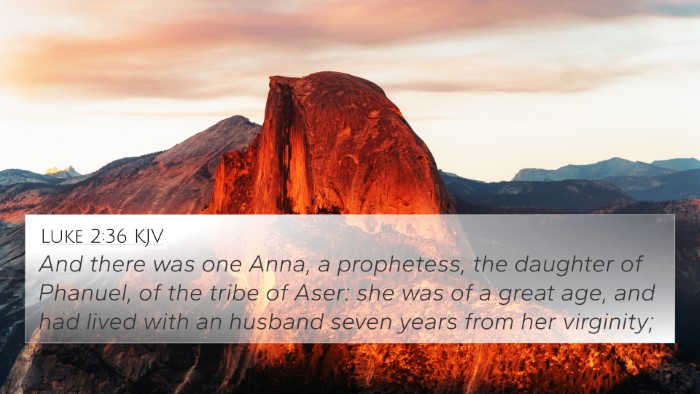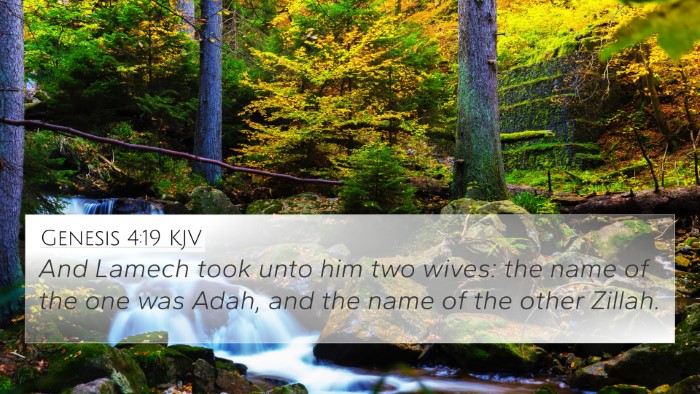Understanding 1 Samuel 1:2
"And he had two wives; the name of the one was Hannah, and the name of the other Peninnah: and Peninnah had children, but Hannah had no children."
This introductory verse of 1 Samuel introduces us to critical characters in the biblical narrative, highlighting themes of family dynamics, human sorrow, and divine intervention.
Key Insights from Public Domain Commentaries
-
Matthew Henry:
Henry emphasizes the tension present in Elkanah's household due to polygamy, noting the emotional turmoil faced by Hannah who is unable to conceive, which becomes a source of deep distress. He points out that God often allows such hardships to prepare His people for greater works and to teach reliance on Him.
-
Albert Barnes:
Barnes suggests that the mention of two wives foreshadows conflict. He highlights how Peninnah's ability to bear children could lead to jealousy and strife, particularly for Hannah, who might feel inadequate and marginalized. This situation sets the stage for Hannah's prayer for a child and her subsequent vow to dedicate her future son to God.
-
Adam Clarke:
Clarke provides further context about polygamy in biblical times, noting it was common despite God’s ideal for marriage. He explains that Elkanah's two wives reflect the cultural practices of the time but also underline the emotional and spiritual implications of such arrangements, particularly on those who suffer from infertility.
Thematic Connections
1 Samuel 1:2 sets the foundation for several significant themes within scripture:
- The pain of barrenness: Hannah’s plight reflects a universal human struggle, which leads to fervent prayer and commitment to God, seen in similar narratives like Genesis 30:1-2 (Rachel's anguish over lack of children) and Luke 1:7 (Elizabeth’s barrenness).
- God’s providence: This verse signals God's plans to use Hannah’s situation to raise one of Israel's greatest prophets, paralleling the stories of other barren women like Sarah in Genesis 21:1-3 and Hannah's eventual son Samuel’s calling in chapter 3.
- Family dynamics and strife: The conflict introduced by polygamy in Hannah's life is echoed throughout the Old Testament, including instances like Genesis 16:4 (Hagar and Sarah) and 2 Samuel 13 (the tumult within David's family).
- Vows and Dedication: This verse leads directly into Hannah’s vow to God, which draws parallels with Numbers 30:2 on the making of vows.
Connecting Bible Scriptures
The narrative of 1 Samuel 1:2 contains several Bible verse parallels and thematic resonances that are essential for a deeper understanding:
- Hebrews 11:11: Faithful women of God who trusted in His promises, paralleling Hannah's faith.
- 1 Samuel 2:21: Because of Hannah's faithfulness in prayer, God answers her and blesses her with children.
- Genesis 21:6-7: Celebratory reflections resulting from God's intervention in barrenness.
- Psalm 113:9: God’s compassion for the barren is affirmed, illustrating His nature as a caring deity.
- 1 Chronicles 6:28: Highlighting Samuel’s lineage which ties him back to Hannah’s circumstances.
- James 5:16: The power of fervent prayer, drawing a connection to Hannah’s earnest pleas.
- 1 Samuel 3:19-20: The fulfillment of Hannah's prayer in the establishment of Samuel as a prophet.
A Call to Application
For those engaging in a Bible cross-referencing study, 1 Samuel 1:2 demonstrates the importance of understanding the context and emotional fabric of biblical narratives. Here are tools for Bible cross-referencing that can enhance your study:
- Bible Concordance: Use to find related passages effectively.
- Bible Cross-reference Guide: Basic references to support your studies.
- Bible Reference Resources: Online platforms or printed guides that compile thematic references.
- Cross-reference Bible Study: Techniques for identifying and exploring related scriptures.
Conclusion
1 Samuel 1:2 acts as a gateway into themes of faith, struggle, and divine providence woven throughout the Scriptures. By employing a Bible cross-reference system, readers can explore inter-biblical dialogues and deepen their understanding of how individual verses connect, reflecting God’s overarching plan for His people.
